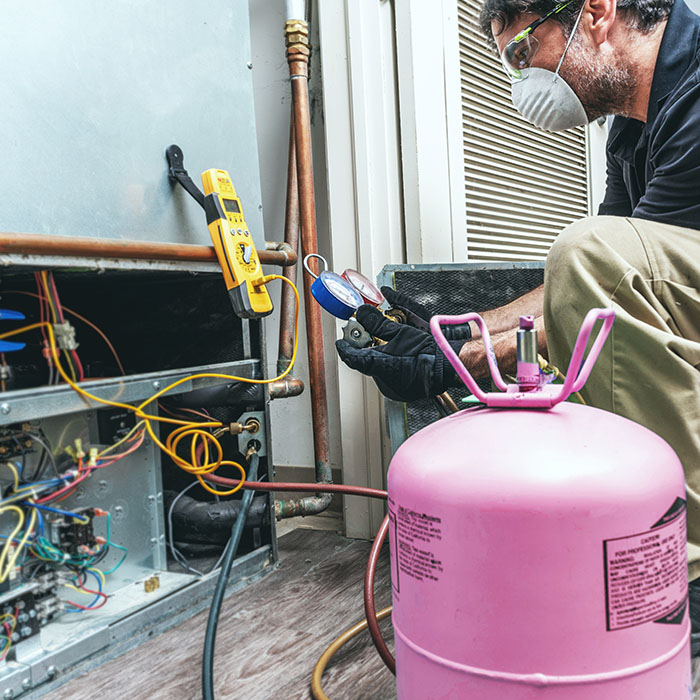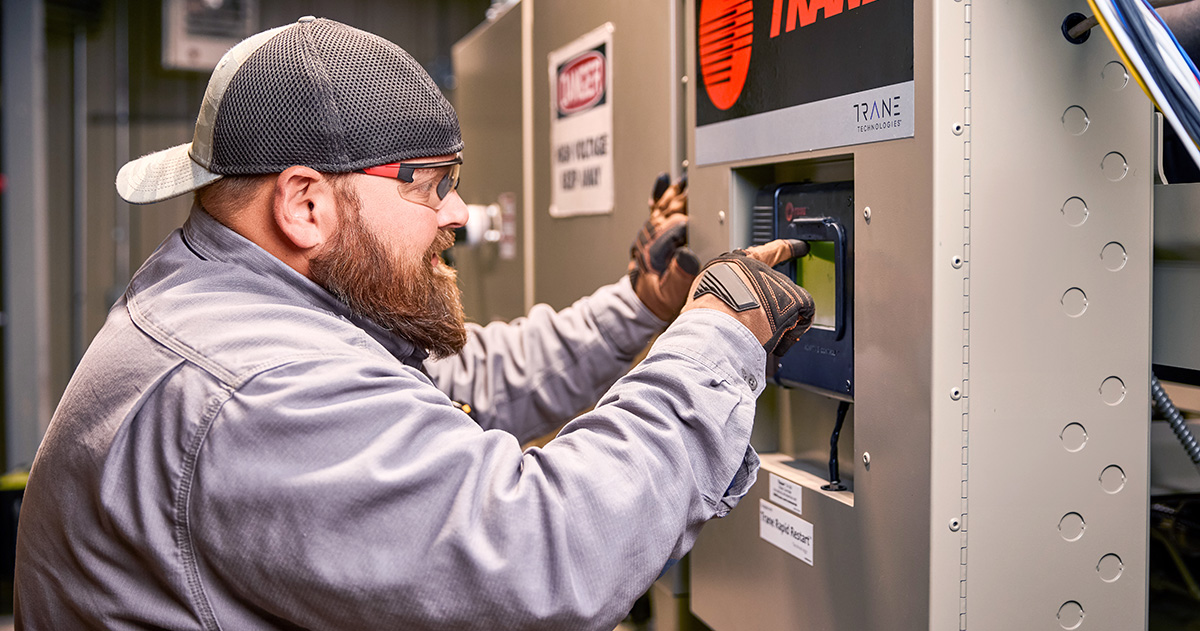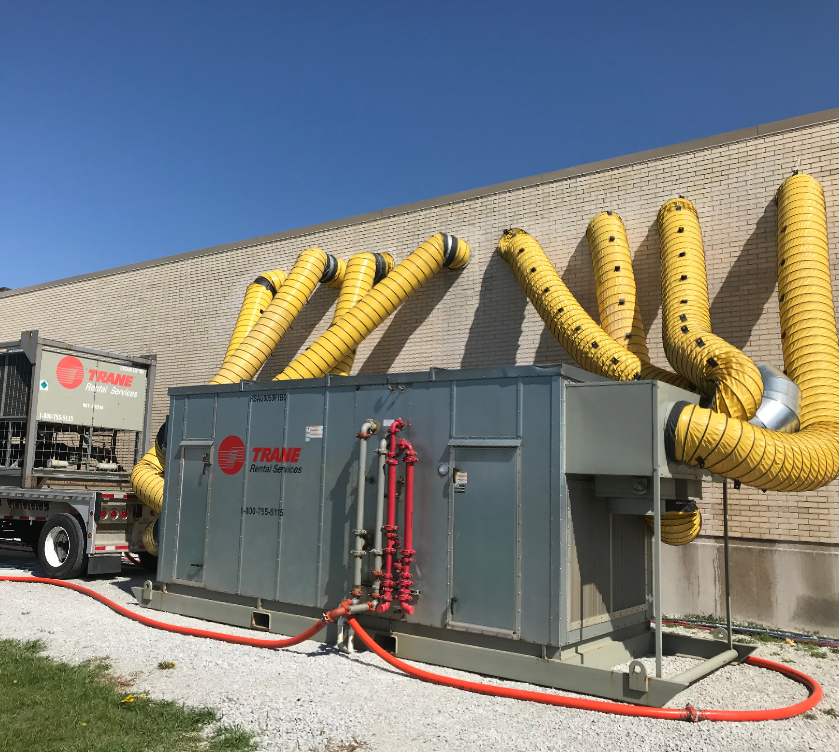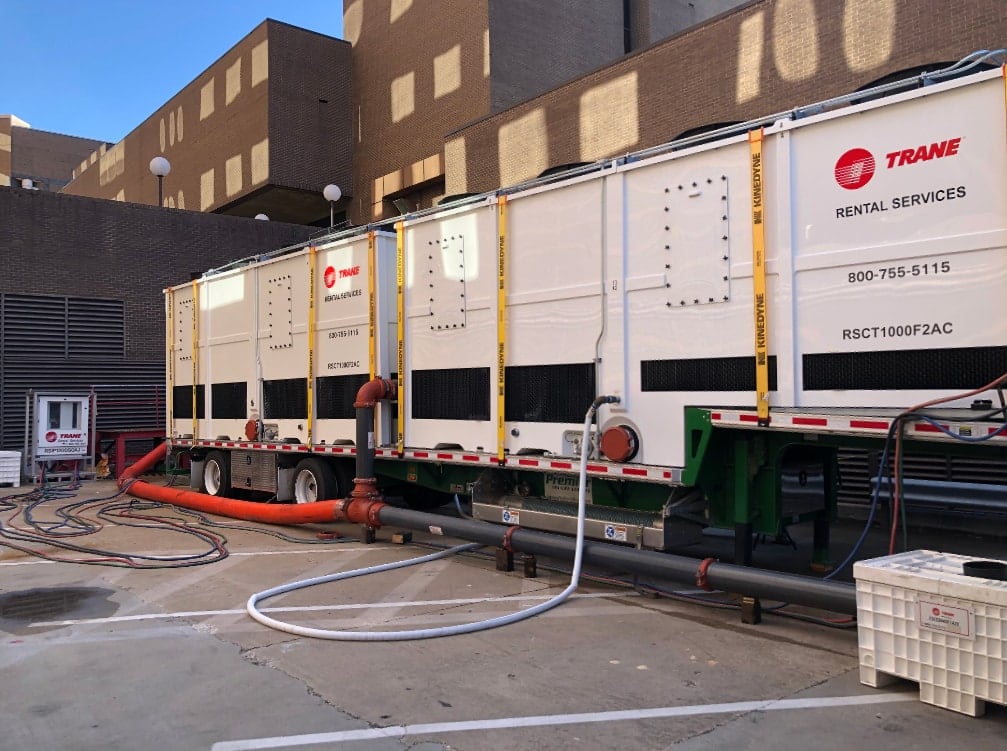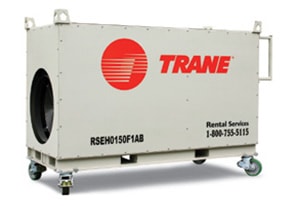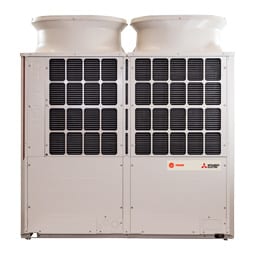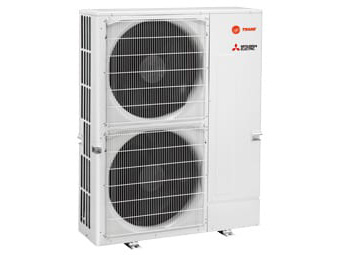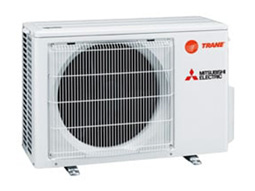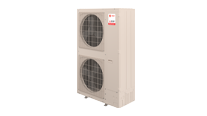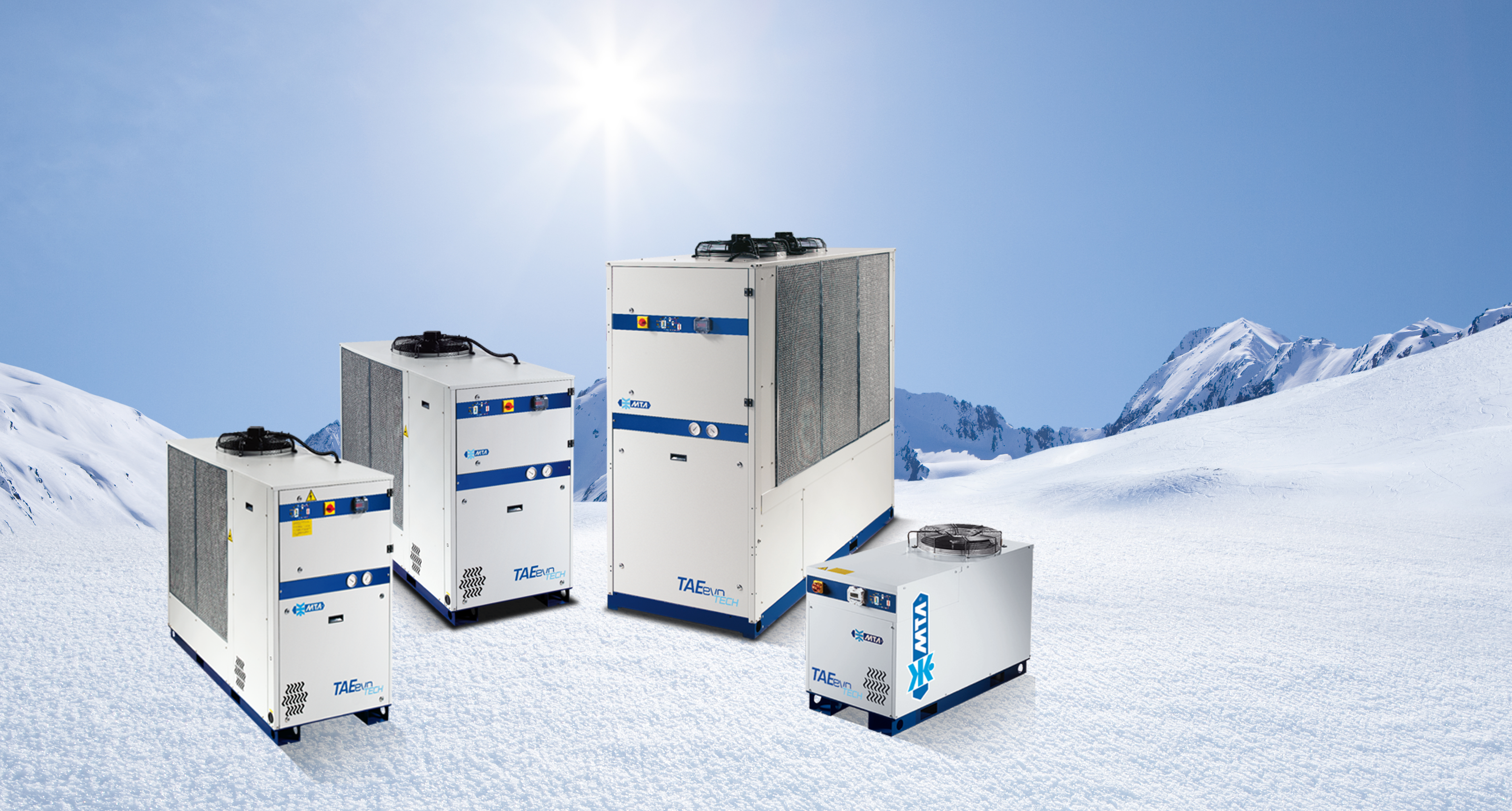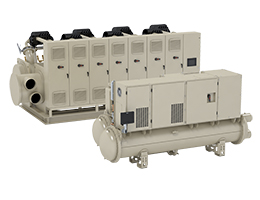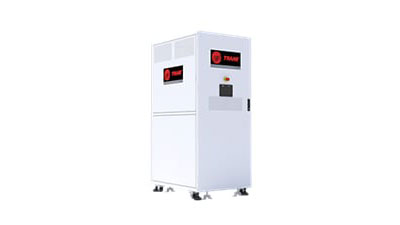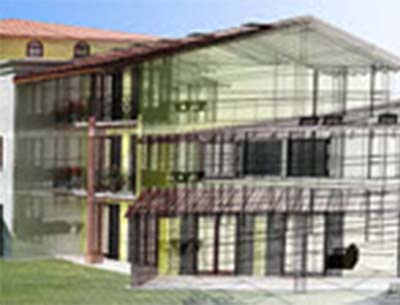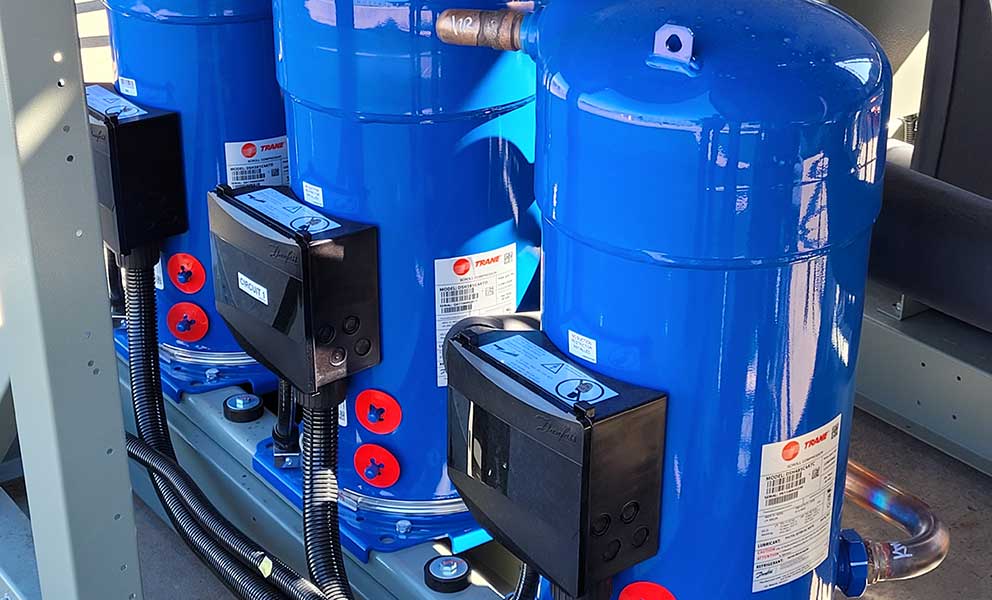
Building a Proactive Healthcare Decarbonization Strategy
Strategy
Decarbonization or Sustainability is the overarching strategy implemented to reduce greenhouse gas (GHG) emissions.
Management Tools
Environmental Social Governance (ESG), Corporate Social Responsibility (CSR), and People, Planet, Profit are management tools that help you hold key stakeholders accountable to accomplish the strategy.
Solutions
Energy Efficiency, Renewables, Electrification, and Refrigerant Management are concrete solutions that you implement on the path to decarbonization.
Why decarbonization in healthcare matters
Let’s look at the data:
- 40% of U.S. energy consumption comes from commercial buildings
- HVAC makes up half of that consumption1
This is even more extreme in healthcare facilities:
- If healthcare worldwide was its own country, it would be one of the top five largest carbon emitters on the planet
- 65% of energy use at hospitals comes from the building infrastructure – things like heating, cooling, water, and ventilation2
Hospitals are extremely energy intensive. Providing care 24/7, there is no downtime. Critical spaces (operating rooms, isolation rooms) and critical equipment (MRIs, CTs) put significant strain on building infrastructure and energy systems.
Because hospitals are primary emission polluters, there are increasingly coordinated, third-party pressures to add decarbonization initiatives into the industry.
- Health Sector Climate Pledge – The White House and the Department of Health and Human Services came together to challenge the healthcare sector to pledge to reduce emissions by 50% by 2030. Several of the largest private hospitals have signed on.
- The Joint Commission – This accreditation agency also signed onto the Health Sector Climate Pledge and has formed a task force responsible for setting decarbonization standards that healthcare facilities are required to meet to receive the accreditation. For the first time, they are tracking things like Co2 emissions, waste reduction efforts, and other decarbonization strategies as part of their accreditation process.
- American Hospital Association (AHA) – Since 2022, the AHA has asked specific sustainability-related questions in its annual survey. These questions are a direct reflection of the federal mandate and include details on sustainability goals, timelines, executive leadership, and more.
- Center for Medicare & Medicaid Services (CMS) – Starting in 2026, CMS will begin voluntary reporting on four priority areas related to sustainability as part of their Healthcare Decarbonization and Resilience Initiative.
While many of these initiatives are currently voluntary, it seems to be only a matter of time before they become standards. It would benefit healthcare organizations to start defining and implementing a decarbonization plan now so they are ready for any regulations that may come.
Decarbonization as a Business Strategy: How to Get Started
While it might seem daunting, getting started is quite simple. Start by assessing what you’re already doing. You might already be on a decarbonization journey even without a formalized program. If you’re taking action to help reduce your energy consumption or have a refrigerant management program, for example, these are all decarbonization efforts.
As you move into a more formalized decarbonization program, it is important to understand the four primary levers you can pull to decarbonize.
- Energy Efficiency – Helping to improve overall energy efficiency and reducing emissions can be done in new construction or existing facilities. It means looking at how you are currently running your buildings and finding opportunities to make them more efficient. Reducing heating, cooling, or lighting during slower times, for example. When choosing new building equipment – either in a retrofit or a new build – opt for a more energy-efficient option.
- Electrification of Heating – Electric heat sources have come a long way in recent years. Moving away from fossil fuel energy sources to electric sources can bring incredible efficiency and cost savings to your business.
- Refrigerant Choices – Medical and infrastructure equipment require refrigerants to keep cool. Ensuring there isn’t any leakage and switching to an eco-friendlier coolant help reduce emissions.
- Renewable Energy – Also referred to as “Clean Energy,” there are a couple of methods to incorporate renewable energy into your business, whether it’s investing in adding renewables on-site or purchasing renewable credits.
Benefits of a proactive decarbonization strategy
There are significant business benefits to making your hospital more energy efficient.
- Cost Savings & Energy Reduction – The average building wastes 30% of the energy it consumes because of inefficiencies3. By taking steps to help reduce this waste, you’ll consume less energy and save money.
- Energy Resiliency – Whether it’s a state-mandated brownout or being prepared in the event of a natural or man-made disaster, it’s increasingly important to have a contingency plan in place should traditional power sources become strained.
- Help improved Patient Comfort – The goal of all operational initiatives needs to be centered on providing exceptional patient care. Keeping patient comfort at the forefront of your decarbonization strategy will help ensure you realize savings without compromising on performance.
Whether you’re a rural hospital with a single building or a large multi-building operation, there are steps you can take to transform your infrastructure into a stronger asset. Trane can help assess your current infrastructure and work with you to develop a proactive plan to meet your decarbonization goals. Trane can also help you understand your funding options to make sure you’re taking advantage of grants, credits, and programs to help ease the upfront costs.
1 https://www.eia.gov/
2 Health care climate footprint report | Health Care Without Harm noharm-global.org
3 https://www.energy.gov/




